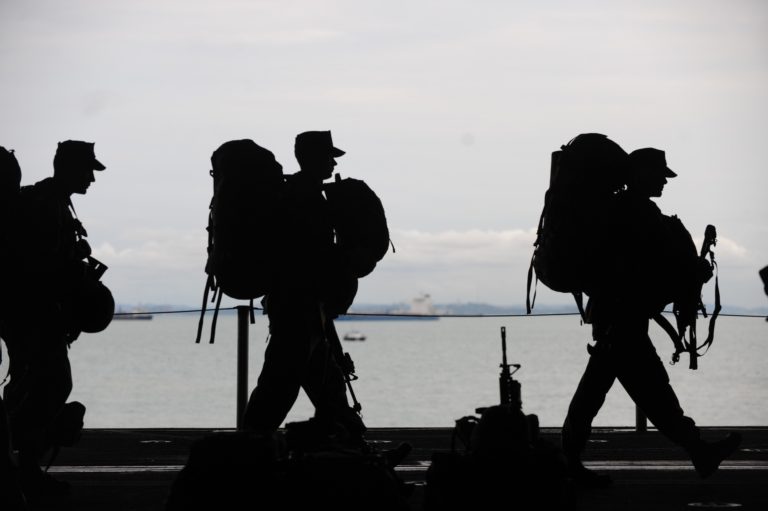Post-9/11 Veterans Report Higher Disability Ratings Than Prior Generations

CCK Law: Our Vital Role in Veterans Law
According to a recent government report, “Employment Situation of Veterans – 2018”, post-9/11 active-duty veterans have disability rates significantly higher than those of previous generations.
About the Report
The information included in this report was obtained from the Current Population Survey (CPS) – a monthly sample survey of about 60,000 eligible households that provides data on employment and unemployment in the United States. Data about veterans are collected monthly in the CPS as well. In August 2018, a supplement to the CPS collected additional information about veterans on topics such as service-connected disability rates. The supplement was co-sponsored by the U.S. Department of Veterans Affairs and the U.S. Department of Labor’s Veterans’ Employment and Training Service.
The report focused on unemployment rates for veterans and trends for veterans in the job market. In 2018, 19.2 million men and women were veterans, accounting for about 8 percent of the civilian noninstitutional population ages 18 and over. For the report, veterans were defined as men and women who have previously served on active duty in the U.S. armed forces and who were civilians at the time these data were collected. For all veterans, the unemployment rate was little changed at 3.5 percent in 2018, compared to 2017. However, the report did find statistically significant differences when comparing unemployment trends and disability rates between veteran groups from various conflicts.
Post-9/11 Veterans: Statistics Regarding Disability Rates
Of the 19.2 million veterans in 2018, 4.1 million of them identified as being of the “Gulf War-era II period”, covering September 2001 and forward (post-9/11 veterans). Importantly, 41 percent of those post-9/11 veterans with service in Afghanistan, Iraq, and other war zones, have a service-connected disability, compared to 25 percent of all veterans. Additionally, among all veterans with a service-connected disability, 29 percent reported a disability rating of less than 30 percent, while another 41 percent had a rating of 60 percent or higher. However, for post-9/11 veterans, nearly 50 percent of those with a service-connected disability had a rating of 60 percent or higher. The report did not discuss why post-9/11 veterans have both higher rates of service-connected disabilities and higher disability ratings than veterans of other eras, but researchers from the Institute for Veterans and Military Families suggest several reasons, including the following:
- Advances in battlefield medicine and rapid evacuations to treatment centers have resulted in more veterans surviving wounds that would have been fatal in previous wars.
- Heightened awareness in the military and at VA of the aftereffects of traumatic brain injury (TBI), along with more screenings for mental health issues, including post-traumatic stress disorder (PTSD).
- Advances in the ability to diagnose PTSD.
Overall, the discrepancies in disability rates between post-9/11 veterans and all other veterans are also reflected in unemployment rates.
Post-9/11 Veterans: Statistics Regarding Unemployment Rates
Again, the unemployment rate for all veterans in 2018 remained fairly consistent with years prior. However, the unemployment rate for all veterans with a service-connected disability was 5.2 percent, which is significantly higher than the rate for veterans with no disability (3.5 percent). Generally speaking, veterans with a disability rating of less than 30 percent were much more likely to be in the labor force than those with a rating of 60 percent or higher.
For post-9/11 veterans, the unemployment rate declined to 3.8 percent in 2018, down marginally from around 4 percent in 2017. This represented marked improvement from the double-digit jobless rates for post-9/11 veterans in the recession period from 2011-2012. Nonetheless, 45 percent of post-9/11 veterans who reported serving in Iraq, Afghanistan, or both locations, had an unemployment rate of 5.7 percent, higher than the rate for post-9/11 veterans who served elsewhere (3.2 percent). Employed post-9/11 veterans were twice as likely to work in the public sector in 2018 as compared to employed nonveterans: 26 percent and 13 percent, respectively. Additionally, among the employed, 14 percent of post-9/11 veterans worked for the federal government, compared with 2 percent of nonveterans.
About the Author
Share this Post
